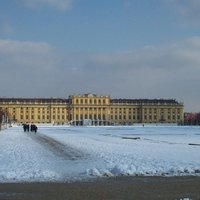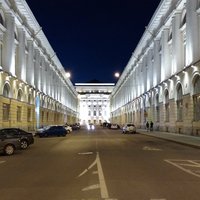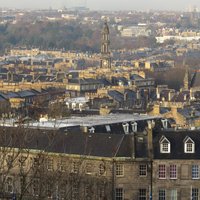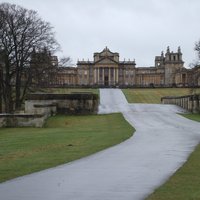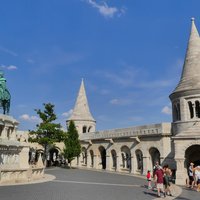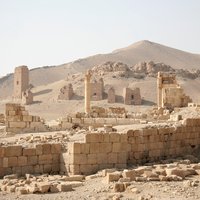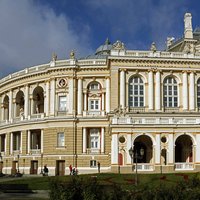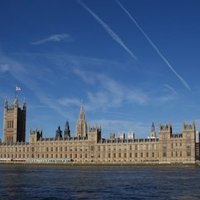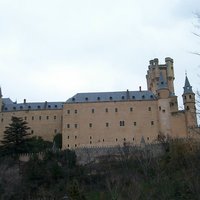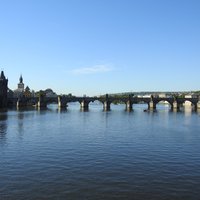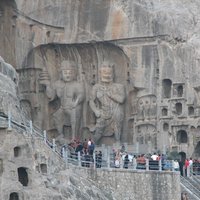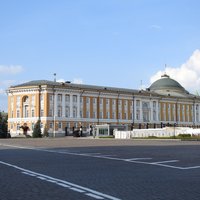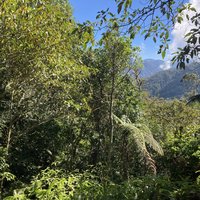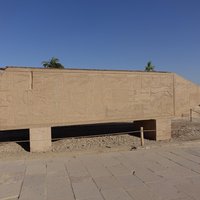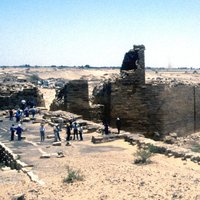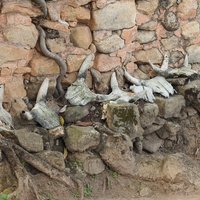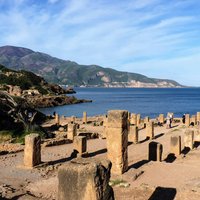Connected Sites
-
Maria Theresa (1717-80). "Originally built by Leopold I but "Austria's treasury, drained by the cost of wars, would not support the ambitious undertaking; and the original plans were never carried out. When Maria Theresa became empress, she changed the original plans; and Schönbrunn looks today much as she conceived it. Done in "Maria Theresa ochre," with delicate rococo...."
-
Catherine Palace, built by Empress Elizabeth (1741 - 1762) and Empress Catherine II the Great (1762 - 1796).
-
Mary I of Scotland gave birth to her son James in the Royal Palace within Edinburgh Castle.
See www.edinburghcastle.gov.uk
-
The palace was built by the decision of Queen Anne who want to honour Duke of Marlborough with a great palace.
-
Habsburg Empress Maria Theresa built the Buda Castle as the symbol of peace and friendship between the dynasty and the Magyar.
-
Queen Zenobia (240 - c270) of Palmyra. There is an inscription, "the illustrious consul our lord" at Palmyra, dedicated to Odaenathus by Zenobia
See en.wikipedia.org
-
Catherine II: "The city was founded in 1794 by a strategic decision of the Empress Catherine II to build a warm-water port following the conclusion of the Russo-Turkish war of 1787-1792." (Official description)
-
Queen Victoria laid a foundation of the parliamentary archive tower which later named Victoria Tower after her.
-
-
Isabel I of Castille: monastery of San Juan de Toledo was under the direct patronage of the Queen. It's one of the most important buildings in the isabelline style, which was named after the Queen. It was meant at the time to serve as Royal mausoleum.
-
-
Isabel I of Castille (Queen regnant of the kingdom of Castille) was proclaimed Queen in the city and spent much of her life in the city in the Alcázar.
-
Habsburg Empress Maria Theresa rebuilt the Prague Castle in Baroque, its current state
-
Isabella II (1830-1904) had a profound effect on the property. She promoted the planting of "shade" and orchard trees in the Retiro
See en.wikipedia.org
-
Empress Wu Zetian (690 - 705) donated money to built Fengxian Temple
-
Catherine the Great (1729-96). "Empress Catherine the Great had been a frequent guest in Moscow at the time when the city, neglected by past monarchs, did not have enough state offices. She ordered the construction of a building to house the Moscow branches of the Governing Senate, namely the national judiciary administration and the seat of elected administration for the Moscow region... on a large triangular property in the north-east of the Moscow Kremlin, " (Wiki)
-
Queen Victoria added part of Kew Green to the Gardens to make a grand entrance for the public (Decimus Burton's Main Gate)
See www.kew.org
-
Queen Seondeok (606 - 647) built the Star-Gazing Tower or Cheomseongdae
-
Queen Nanny - "associated with Maroon oral tradition about Queen Nanny and the Maroons." (AB ev) and "Queen Nanny, Granny Nanny, or Nanny of the Maroons ONH (c. 1686 – c. 1760), was an 18th-century leader of the Jamaican Maroons." (wiki)
See en.wikipedia.org
-
Queen Seonhwa and the origin of Mireuksa Temple, “The discovery of a record of the offerings alongside the sarira reliquaries confirmed that the Mireuksa Temple was established in the in 639 CE during the reign of King Mu by the Queen’s wish as part of her efforts to invoke Buddha’s favor.” - Nomination File
-
Queen Hapsetshut (1508-1458BC) 5th Pharaoh of 18th dynasty. Several Buildings initiated by her - The red chapel of Hatshepsut in Karnak and the Deir el-Bahari Temple
-
"mythical land of the legendary Queen of Sheba, known locally as Bilqis ... The tangible associations to Bilqis in the temples of Awām and Bar’ān may therefore be more of a mythical projection, referring to an idealised kingdom as a place of origin of Queen Sheba/Bilqis rather than the Kingdom of Saba in particular." (AB ev)
-
Queen Ranavalona II (1829 -83) "The Two Pavilions of Queen Ranavalona II The two ornate palace buildings constructed within the compound were built of rosewood in 1871. The first and larger of the two features a room for receiving visitors and a large salon on the ground floor, and the bedroom of Queen Ranavalona II on the second floor. " (Wiki)
-

